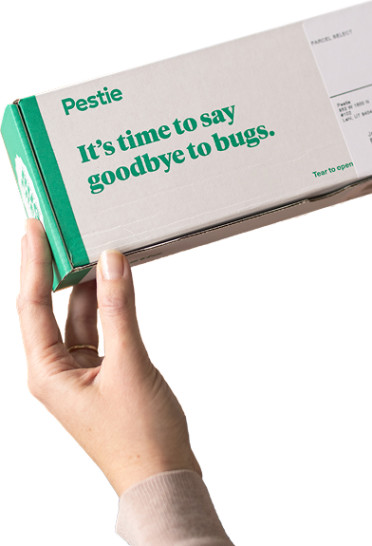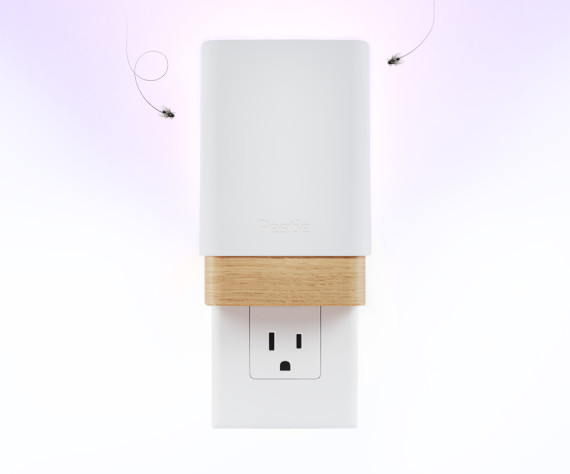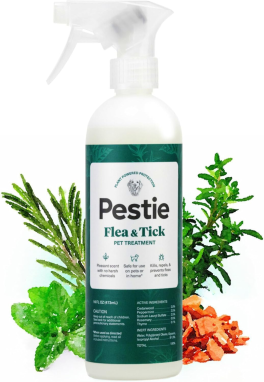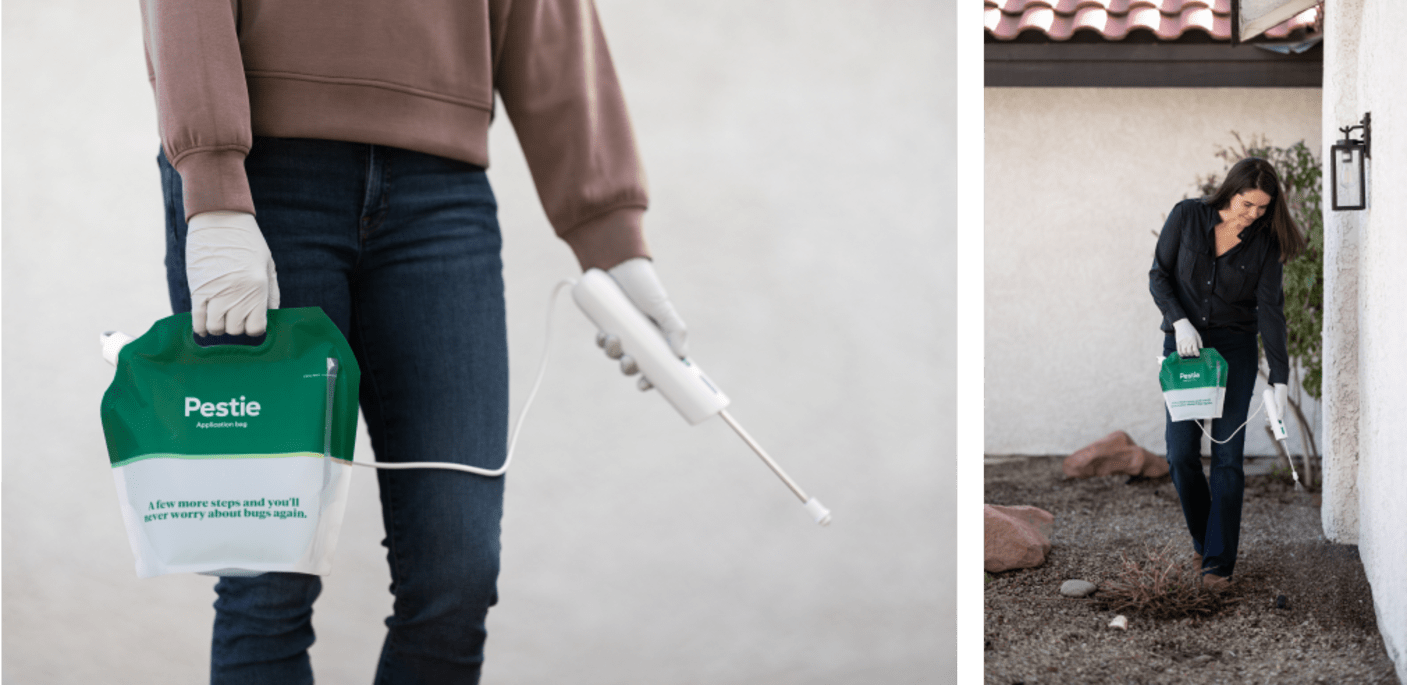How to identify and get rid of beet armyworms
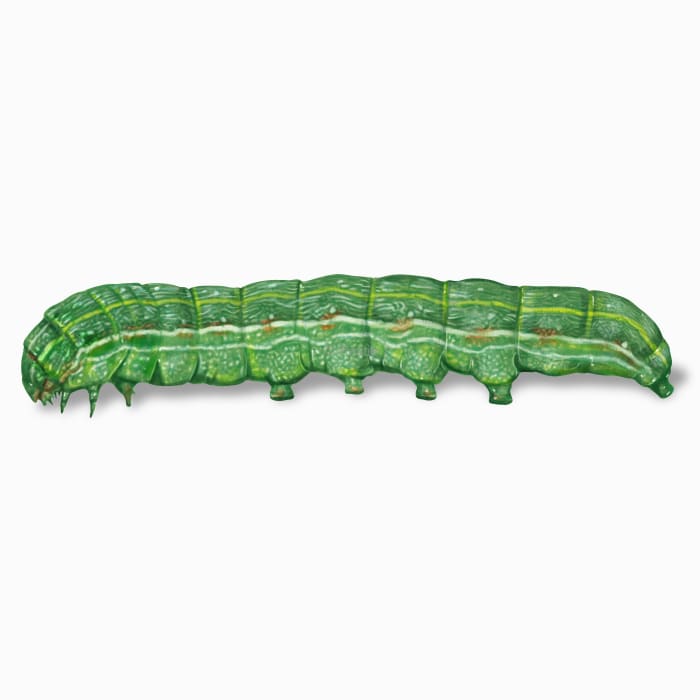
Marching to their own 'beet': battling the beet armyworm invasion
Walking out into your garden or among your outdoor plants and finding them ravaged by caterpillars is frustrating. Your once lush and vibrant rows of lettuce and spinach are riddled with holes and missing large chunks of foliage.
The culprit?
The beet armyworm - a common garden pest that can turn your gardening dreams into a nightmare almost overnight.
Beet armyworms have an almost insatiable appetite for tomatoes, peppers, beans, corn, potatoes, and, of course, beets.
The beet armyworm, scientifically known as Spodoptera exigua, starts its life as a tiny egg laid in clusters on the underside of leaves. Females can lay up to 300 to 600 eggs during their lifetime, quickly turning your garden into a buffet for their children.
The caterpillars go through 5 stages of growth, each time shedding their skin and growing bigger. The adults are nocturnal, meaning you'll only spot them at night.
Luckily, other things, like eating beet armyworms, keep their numbers in check… most of the time. Parasitoid wasps will lay their eggs in beet armyworm eggs or caterpillars, and other predators, like stink bugs and solitary wasps, will also attack the caterpillars.
How to identify beet armyworms
Adult moths – dull colors, whitish underwing
Larvae – white wavy stripes on sides, four prolegs, dark spot by head.
Beet armyworms can be identified by their light green to black bodies, featuring a distinctive pale stripe along their sides and a dark spot near their head. They have four prolegs, or the stumpy appendages toward the back of the caterpillar.
Adults have forewings that are light brown with white designs. The hind wings are white.
How big are beet armyworms?
Beet armyworms can grow up to 1.5 inches in length.
What other pest looks like a beet armyworm?
Beet armyworms can be confused with similar larvae like the fall armyworm or cabbage looper, but their distinctive striping and side spots help set them apart.
Where do armyworms live?
They are found throughout the United States, especially in southern regions with warmer winters.
How to get rid of beet armyworms
If you start finding a lot of beet armyworms on your garden plants, you should take some action to keep them from cleaning your garden out.
While most treatment plans include using a pesticide treatment, the problem is that many beet armyworms are resistant to many pesticides. Additionally, Bacillus thuringiensis or Bt-based products that work on many caterpillar pests won't work on beet armyworms.
So, what can you do?
- Handpicking: Regularly inspect plants and manually remove armyworms you find.
- Natural predators: Encourage the presence of natural predators like birds, ladybugs, and wasps, which can significantly reduce armyworm populations. Consider planting other plants that attract these kinds of predators to your home or garden.
- Floating row covers: Use floating row covers on crops to physically block armyworms from reaching the plants.
- **Remove weeds: **Beet armyworms can reproduce on weeds like plantain and pigweed.
Treat beet armyworms with Pestie
If you're still having trouble keeping beet armyworms away, the best option is to use a pro-grade, effective pest control solution like Pestie.
Pestie is a do-it-yourself pest control solution that's specially designed to keep beet armyworms and other pests away from your home.
With Pestie, you can rest easy knowing that your living space is protected and free of creepy crawlies. And the best part? It's designed for people, pets, and the planet, so you can say goodbye to harsh chemicals and hello to peace of mind!
- Save hundreds compared to traditional annual pest plans
- People, pet, and planet-friendly
- Pro-grade customized formulas
Quick facts
- Scientific name
Spodoptera Exigua
- Other common names
Small Mottled Willow Moths
- Colors
Light green to black
- Life span
30-40 days
- Diet
Tomatoes, potatoes, beets, lettuce, peas, beans, corn, plantain and pigweed
How dangerous are Beet Armyworms?
Low danger risk
While they can damage your garden, they don't spread diseases, bite, or sting.
Beet armyworms are global hitchhikers. They are originally from Southeast Asia but have stowed away on agricultural shipments, spreading to many parts of the world.

